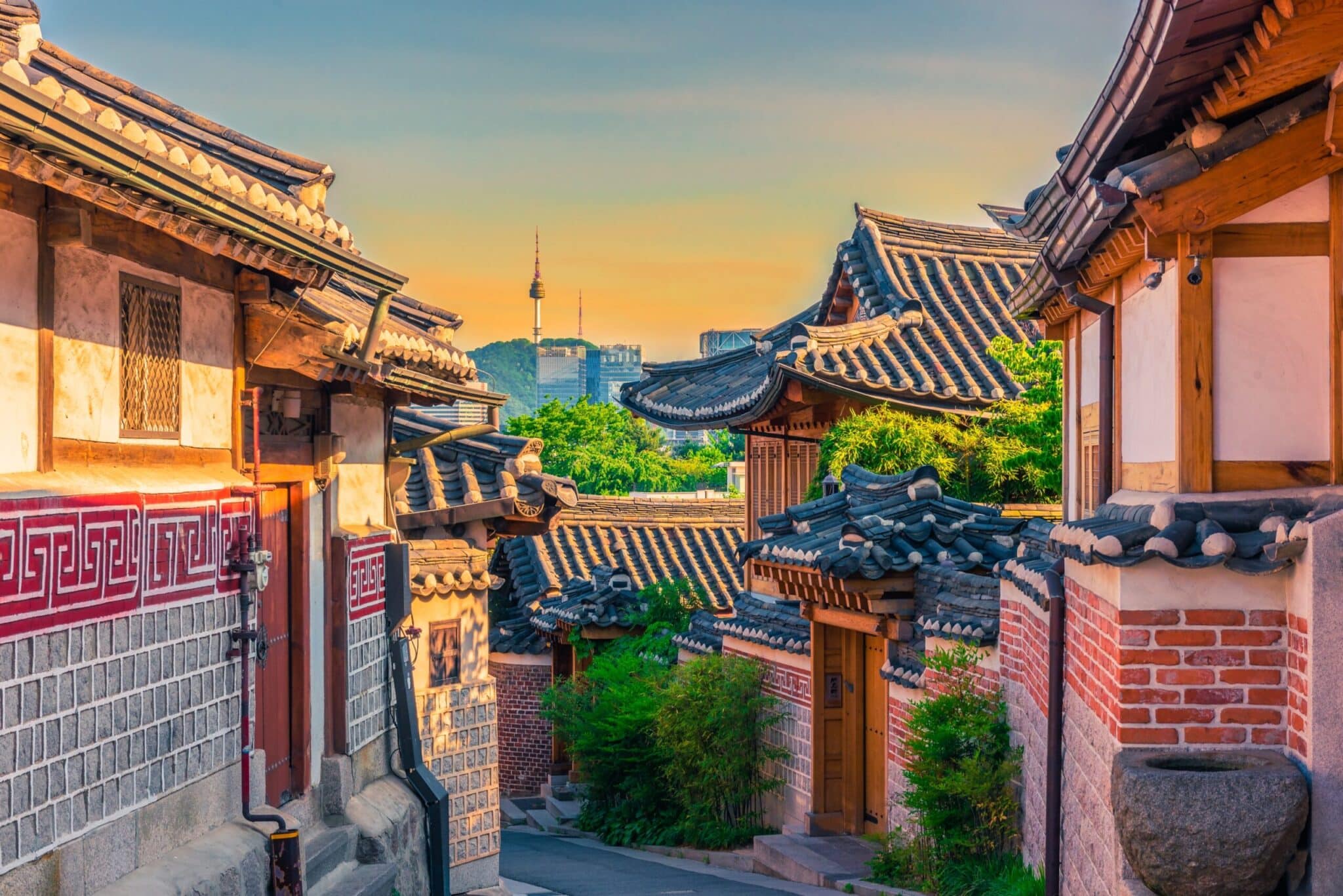Discovering Bukchon Hanok Village: A Journey Through Time
Among the bustling urban landscape of Seoul lies Bukchon Hanok Village, a serene enclave where history and tradition beautifully intertwine with modern life. This neighborhood, prized for its well-preserved hanoks—traditional Korean houses—offers visitors a unique glimpse into the architectural heritage and cultural practices of the Joseon Dynasty. Bukchon is more than just a collection of old buildings; it is a living museum where the past and present meet, inviting exploration beyond the surface. In this article, we will delve into the cultural significance, architectural features, everyday life, and tourism aspects of Bukchon Hanok Village, revealing why it remains a treasured part of Seoul’s historic identity.
The Historical Significance of Bukchon
Bukchon Hanok Village has its roots in the Joseon Dynasty, which lasted from the late 14th century to the late 19th century. Originally home to the aristocracy and royal family members, Bukchon’s location between Gyeongbokgung and Changdeokgung Palaces placed it at the heart of political and cultural activity. The village’s narrow alleys and clusters of hanoks have survived numerous urban transformations, making it a rare and valuable reservoir of Seoul’s historical past. This historical context enriches visitors’ understanding of Korea’s social hierarchies and ways of life during a formative era of the nation’s development.
The Unique Architecture of Hanoks
The architectural style of the hanoks found in Bukchon is distinguished by harmonious integration with nature and time-tested construction techniques. Built using natural materials such as wood, clay, and stone, these houses feature curved tiled roofs and wooden beams that epitomize traditional Korean aesthetics. Each hanok is designed to optimize airflow and temperature control, employing the ondol heating system for warmth during harsh winters. The spatial organization within hanoks also reflects Confucian values, with distinct divisions between public and private spaces, and gender-specific areas. This intelligent design not only ensures comfort and beauty but also embodies Korea’s philosophical and cultural heritage.
Life in Bukchon: Tradition Amidst Modernity
Despite being a historical neighborhood, Bukchon Hanok Village is a living community where residents maintain traditional lifestyles while embracing contemporary influences. Many hanoks serve as private homes, guesthouses, cultural centers, and artisan workshops. Residents often participate in cultural preservation efforts, hosting traditional craft classes, tea ceremonies, and storytelling sessions that offer immersive experiences for visitors. The daily rhythms in Bukchon highlight a blend of continuity and adaptation, where old customs coexist with modern demands, underscoring the resilience and dynamism of Korean culture.
Bukchon as a Cultural Tourism Destination
Over recent decades, Bukchon Hanok Village has become a major cultural tourism hub, attracting both domestic and international travelers interested in experiencing Korea’s heritage firsthand. Walking tours led by local guides offer deep insights into the history, architecture, and hidden anecdotes of the area. Museums, galleries, and cafés within hanoks provide rich contextual nuances and leisure opportunities. However, managing tourism sustainably has become a challenge as increased foot traffic can disrupt the residential character and delicate infrastructure of the village. Efforts balancing accessibility with preservation are ongoing, illustrating the complexities of heritage tourism in vibrant urban settings.
Preservation Efforts and Future Challenges
Protecting Bukchon Hanok Village requires coordinated efforts among government agencies, local communities, and cultural organizations. Restoration projects focus on maintaining the authenticity and structural integrity of hanoks, while regulations limit inappropriate modernization. Educational programs and public awareness campaigns emphasize the cultural value of the village for future generations. Nonetheless, Bukchon faces ongoing pressures from urban development and commercialization, making vigilance essential. The future of Bukchon hinges on innovative preservation approaches that respect tradition while accommodating evolving social and environmental needs.
Conclusion: Embracing the Timeless Charm of Bukchon Hanok Village
Bukchon Hanok Village stands as a remarkable testament to Korea’s rich history, architectural ingenuity, and cultural resilience. Through its ancient streets and traditional homes, one encounters a living dialogue between past and present, tradition and progress. The village’s ability to retain its unique character amid urban change highlights the importance of preserving cultural heritage in a rapidly modernizing world. For visitors and locals alike, Bukchon offers more than aesthetic beauty—it provides a meaningful connection to Korea’s identity and values. As preservation efforts continue, Bukchon Hanok Village remains a vital bridge linking generations and inviting all to experience the enduring spirit of Korean tradition.
